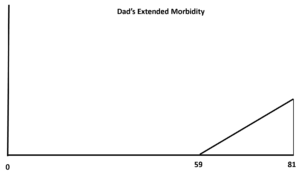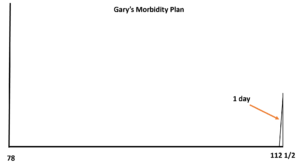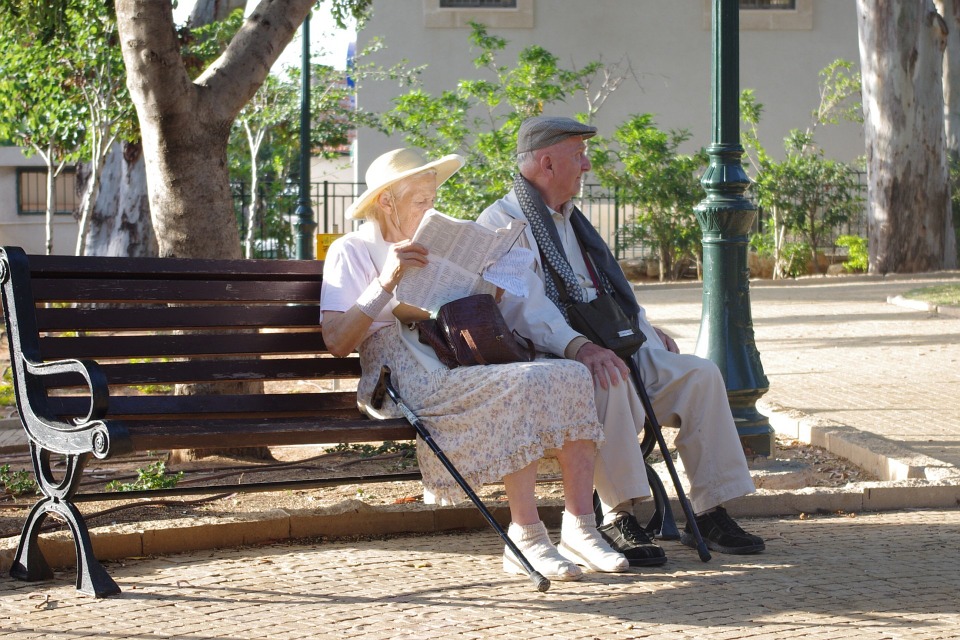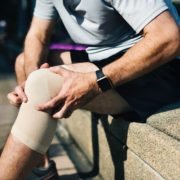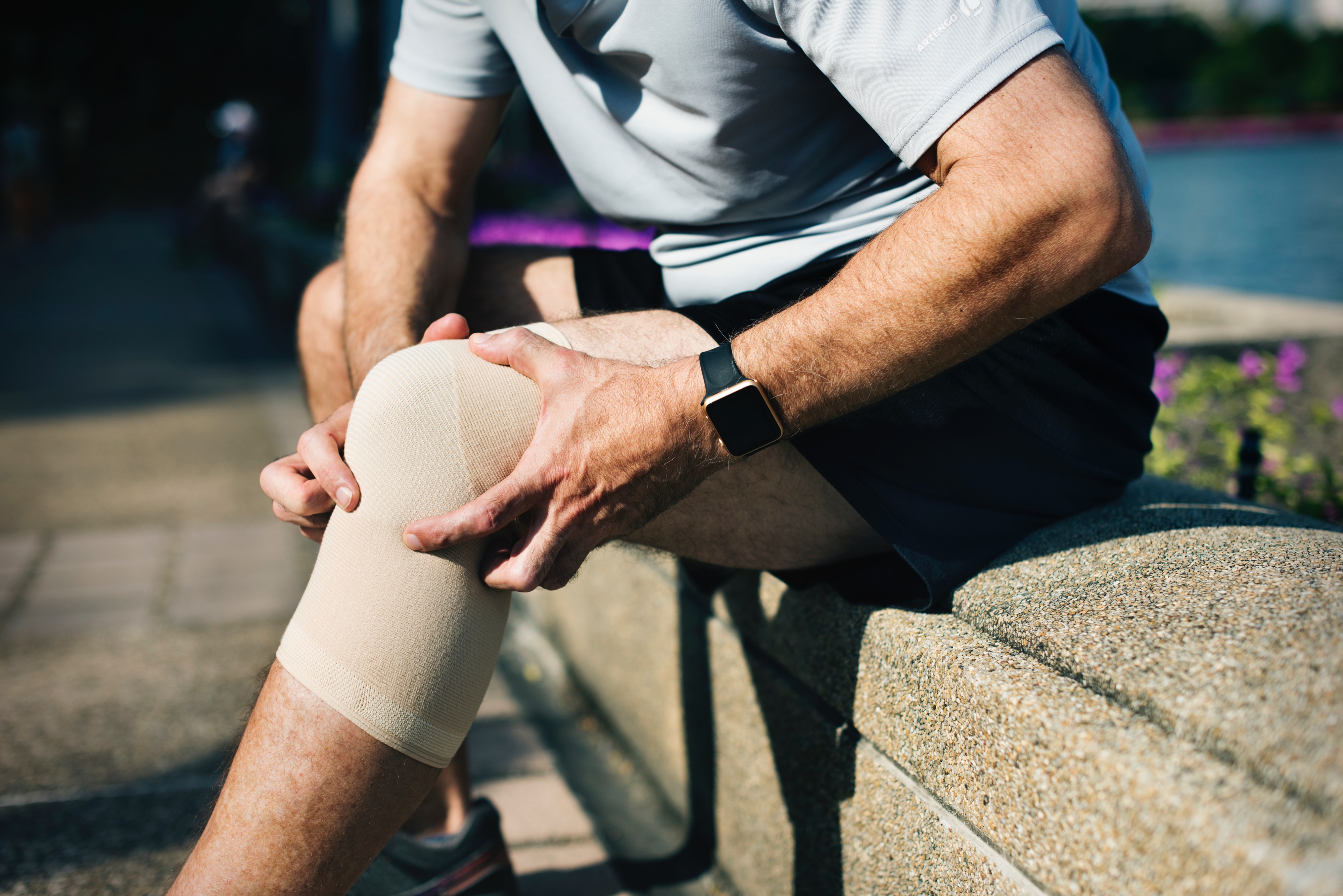
It may seem a bit crazy to be suggesting ways to add to our lives when we are all caught up in holding on to what we have in this COVID madness.
The evidence seems to clarify that the best defense against this nasty bug is to max out our immune system. That’s not something we do really well here in America with our lifestyle of comfort, convenience, and conformity, especially when we combine that with a healthcare system that can’t spell prevention, a food industry that profits in killing us slowly, and a pharma industry that exploits our self-care illiteracy.
In that spirit, I chose to resurrect and retitle an article from 18 months ago that has been the most popular post over the course of 3 1/2 years of my weekly blog.
Ten Good Habits at 60+ That Can Add Ten or More Healthy Years To Your Life
1. Reconsider retirement. How’s that for a controversial starting point? Retirement, as we’ve known it for several decades, is dying, none too soon. And for good reason. Joint research by the Social Security Administration and the National Institute on Aging indicates that full-stop retirement is associated with a 23-29 percent increase in mobility and daily activity difficulties, an 8 percent increase in illness, and an 11 percent decline in mental health.
Today, the average American endures 10.5 years of illness from multiple chronic conditions before dying, nearly all related to lifestyle decisions. For many, retirement is a lifestyle decision that takes them to the wrong side of the biological ledger – to a decay process rather than a growth process. Growth or decay are the only two options our biology offers us. Senescence in the later years of life is a choice, not fate.
2. Upgrade your diet away from animal-based and processed foods.
The verdict is in, and has been for a while: a largely plant-based diet is by far the healthiest. The only argument the food industry can take against that – particularly the beef, pork, and poultry industries – is that a plant-based diet doesn’t provide enough protein. Wrong! Most nutrition experts claim we are over-proteined in our culture and feel a plant-based diet offers adequate protein. Follow the money and don’t buy the meat and poultry industry argument.
3. Up your exercise and include strength training.
Less than a quarter of Americans 18 or older met minimum physical activity guidelines for cardiovascular and muscle-strengthening activity in 2017 according to the Centers for Disease Control and Prevention. On page 56 (adult) and page 68 (older adult) of the downloadable .pdf of the government Physical Activity Guidelines for Americans, minimum recommended exercise calls for 2 ½ – 5 hours a week of moderate-intensity or 1 1/4 – 2 ½ hours of vigorous-intensity aerobic exercise per week. Muscle-strengthening activities involving all major muscle groups should be added on two or more days a week.
Get your heart rate into the optimal exercise range for your age (220 minus your age times .65 and .85) and sustain it.
Weight training is vital. You are experiencing sarcopenia and probably aren’t aware of it. We all fall victim to it. It’s the loss of muscle mass and it started for us all in our 30s. The only antidote is strength training. Remember this simple mantra: Aerobic exercise will give you life, strength training will make it worth living.
4. Get more sleep.
No magic here. You need a minimum of seven hours a night at this age. Naps count. Research shows that a chronic lack of sleep, or getting poor quality sleep, increases the risk of disorders including high blood pressure, cardiovascular disease, diabetes, depression, and obesity. Don’t be fooled into using over-the-counter sleep medications. They aren’t the solution and have adverse long-term affects.
If you would like a high-level overview of the mechanics and benefits of sleep, spend some time with Dr. Andrew Huberman on YouTube.
5. Challenge your brain.
Don’t believe the myth that brain senescence is automatic. It isn’t. Oh, it can happen if you let it. But we’ve known for years that our brain, regardless of age, can produce new synaptic connections. It’s called neurogenesis. Think of your brain as a muscle. It, too, can atrophy. Use it or lose it.
6. Maintain a high level of social activity.
This critical component has taken a serious hit with COVID. Find a way to max it as much as possible under the conditions. It may never be the same as before going forward, but that doesn’t change the need to be connected, somehow, someway.
AARP says that social isolation is as damaging as smoking 15 cigarettes a day. Too often, reduced social engagement is a consequence of the retirement phase of life. We now know that being socially active plays a key role in longevity and good health. TV and Lazyboy are deadly combinations.
7. Assess your relationships and do some housecleaning.
Do you have toxic relationships in your life? We benefit by getting rid of negative, draining relationships. Motivational speaker, Jim Rohn, famously said: “You’re the average of the five people you spend the most time with.” We are greatly influenced by those closest to us, in the way we think, our self-esteem, our decision making. Severing a relationship can be tough, but vital to avoid the energy drain and excess cortisol production that a bad relationship can cause. Do yourself and your toxic friend(s) a favor – cut the cord.
8. Increase your interaction with younger people.
We seem to be quick to throw rocks at Millenials when we should make an effort to interact more with them. It will be a mutually-beneficial relationship. You feed off their energy, enthusiasm, ideas, and tech-savviness. They gain from your wisdom, steadiness, and common sense. It’s encouraging to see more and more companies discovering this and striving toward multi-generational workforces.
9. Learn something new every day.
Henry Ford said: “Anyone who stops learning is old, whether at twenty or eighty.” We lament our muscle atrophy as we age but ignore our brain atrophy. One of the greatest old dead white men, Leonardo de Vinci, nailed it: “Learning is the only thing the mind never exhausts, never fears, and never regrets.”
10. Don’t be a dinosaur. Get savvy on basic technology.
Technology development will continue to accelerate. If you are still pondering the purchase of a smartphone, well, you may have some serious catching up to do. Yes, there are downsides to all the tech that surrounds us. But the upsides are much greater.
There may be an organization in your area that specializes in teaching technology to seniors. One good resource is a site called Senior Planet which “celebrates aging by sharing information and resources that support aging with attitude, and helps people who were born long before the digital revolution to stay engaged and active by bringing a digital-technology focus to a range of topics – among them news, health, sex and dating, art and design, senior style, travel, and entertainment.” They have physical locations in New York City. Plattsburgh, NY, San Antonio, TX, Palo Alto, CA and just opened in Denver, CO.
11. Find someone to help or mentor.
OK, so I don’t count well. Here’s a bonus. There is often a serendipitous effect of mentoring someone that goes beyond helping. Mentors typically improve their own skills by being inspired by new ideas, expanding their network, and learning new strategies, technologies, and methods.
Up the ante!
Wait a minute! We are shooting too low! Why 10 years? GO FOR 20 – OR 30. You deserve it!

